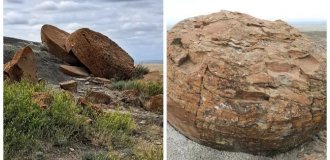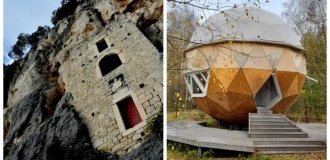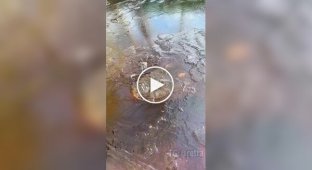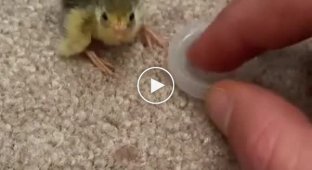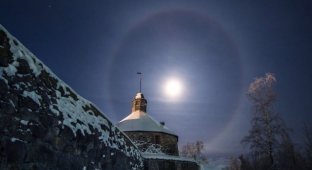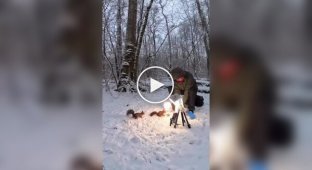Geese in Trees: How One Legend Survived Centuries (10 photos)
Today we know that many birds migrate. But once upon a time this idea seemed incredible. How could small creatures fly thousands of kilometers? And why did they appear and disappear with the seasons? 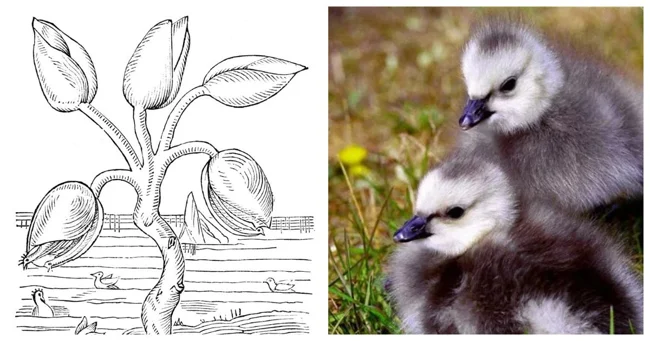
These questions baffled scientists and philosophers of the past. In an attempt to explain the phenomenon, amazing theories were born that today seem ridiculous. But back then they were taken seriously.
Old Myths About Migration 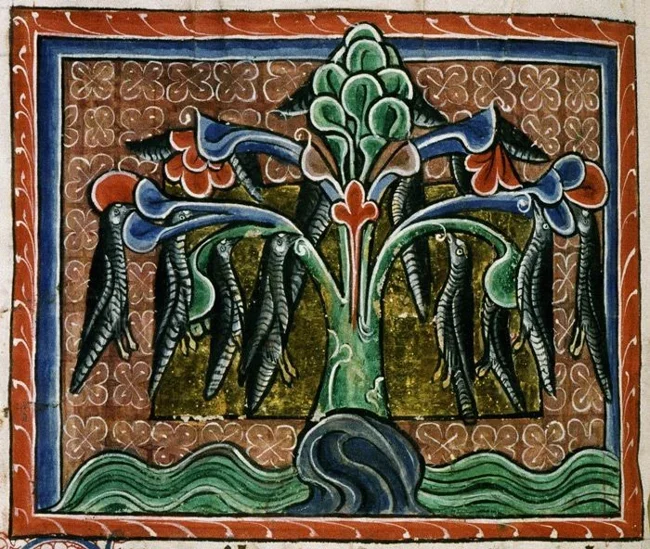
Homer also believed that cranes wintered in Africa to fight the pygmies. This story is repeated by Pliny the Elder, who adds details: the pygmies fought the cranes, sitting on goats and rams, and shot them with bows.
Aristotle offered another explanation: he believed that some birds simply hibernate. For example, the wagtail supposedly burrows into the ground for the winter. In the 16th century, Swedish Archbishop Olaus Magnus wrote in his work "History and Nature of the Northern Peoples" that swallows gather in huge masses in the fall, dive into the water and bury themselves in the muddy bottom, wintering like sardines in a can. 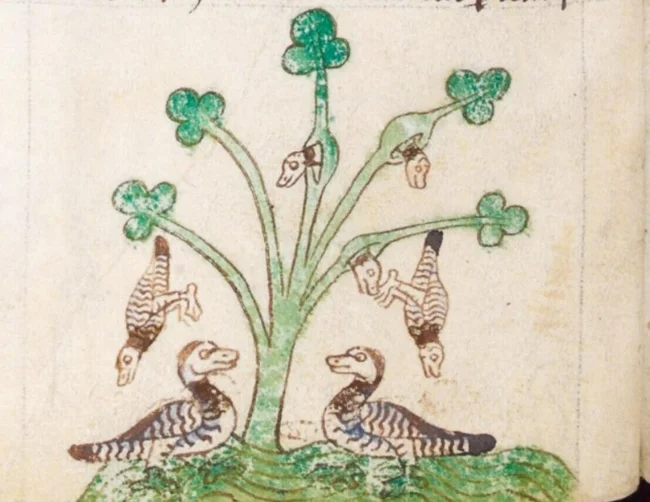
Drawing from the manuscript "Topographia Hibernica" by Gerald of Cambrai
Aristotle went even further. He claimed that the warbler turns into a robin with the arrival of winter. In fact, both of these birds are simply migrating.
A Tale About Geese in Trees 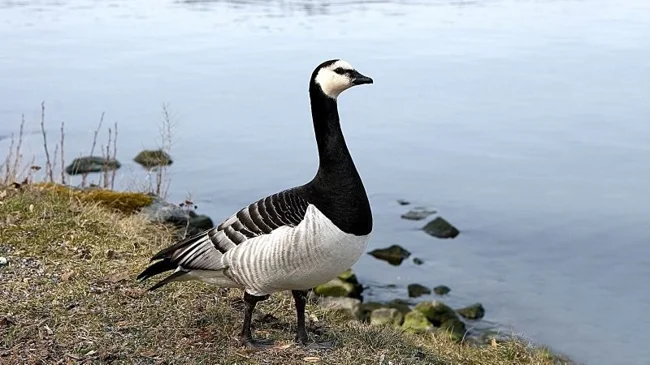
Barnacle Goose
However, the strangest of all was the legend of the Barnacle Goose, which was born due to observation errors and lack of knowledge.
In his treatise "Topography of Ireland", written at the end of the 12th century, the Welsh chronicler Gerald of Wales describes an unusual phenomenon:
On the shores of these lands one can find many birds called barnacles. They emerge in the most incredible way - not from eggs, but directly from the wood. From the bark of floating logs, gelatinous growths form, covered with shells. These creatures cling to the tree with their beaks, like seaweed. Over time, they become covered in feathers and either fall into the water or fly into the sky, feeding on the juices of the tree in the salt water. I have seen with my own eyes hundreds of such creatures hanging from a single piece of wood, already formed and covered in shells. These birds have neither eggs nor nests. They simply appear in this world in a miraculous way. 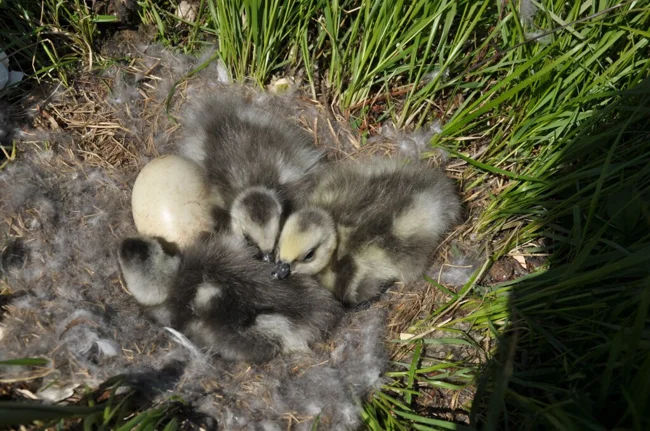
In fact, Gerald observed goose barnacles - marine arthropods living on drifting logs and rocks. The white convex shells and black tube feet look truly mysterious. To a medieval person, this might have seemed like the beginning of the formation of a bird. 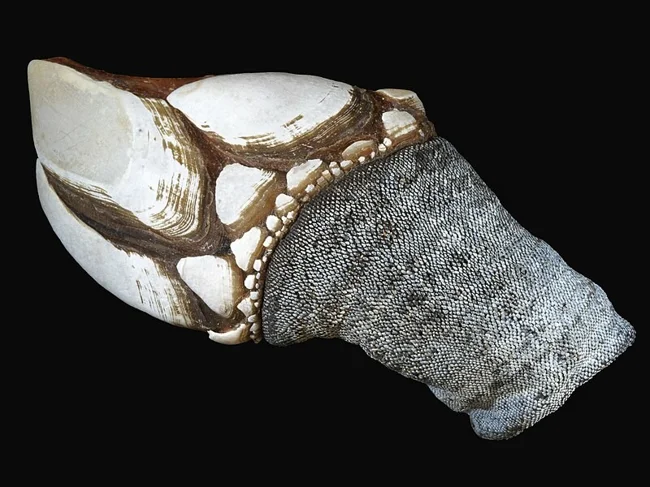
Goose Barnacle
By the way, the very name Barnacle Goose comes from this legend. The Barnacle Goose is a bird that winters on the coasts of Scotland and Ireland, but nests only in the summer on remote Arctic islands. Since no one has ever seen it breed, an idea arose: these birds emerge from shells on a tree.
The story was picked up by other authors. Even Pope Pius II, traveling through Scotland in the 15th century, wrote:
I heard that in Scotland there is a tree on the bank of a river that bears fruit in the form of ducks. When they are almost ripe, they fall of their own accord, some to the ground, others to the water. Those that fall to the ground rot, while those that fall to the water immediately come to life, spread their wings and fly away, fully formed and feathered. 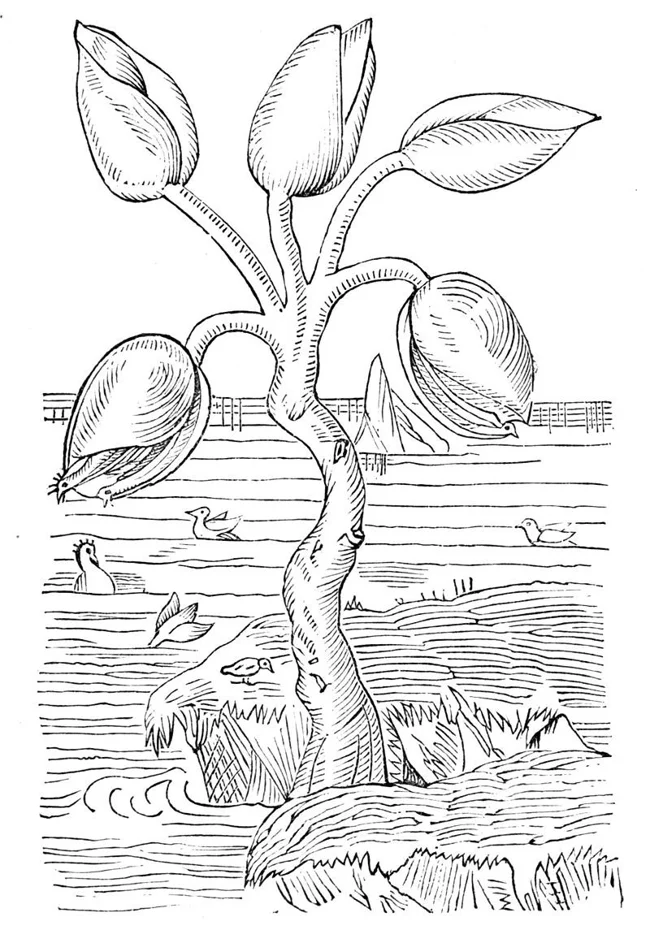
"Goose Tree"
The legend became a convenient excuse for some Irish priests to justify eating goose during Lent. After all, if geese are not born from other animals, then they are not meat, but rather fish.
However, Pope Innocent III did not agree. He forbade eating these birds during Lent, declaring that they behaved like all ducks, and therefore should be considered meat.
Scientific view 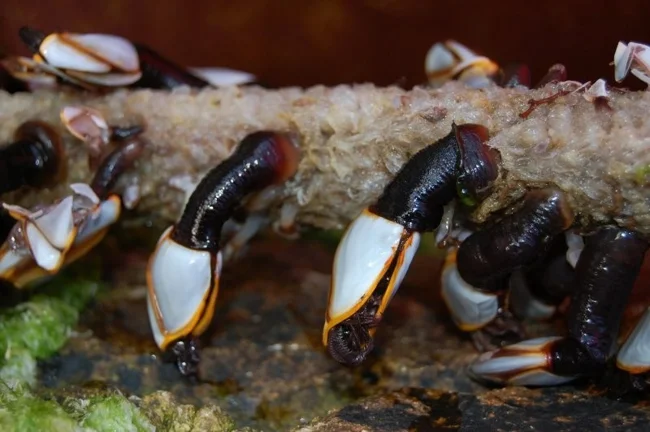
The Holy Roman Emperor Frederick II did not believe this story either. He studied the shells and did not find any traces of chicks in them.
His contemporary, Albert the Great, went even further: he simply crossed a brant with a domestic goose. Observing the offspring, he declared that the whole story was complete nonsense, because he saw how the birds mated and hatched chicks. 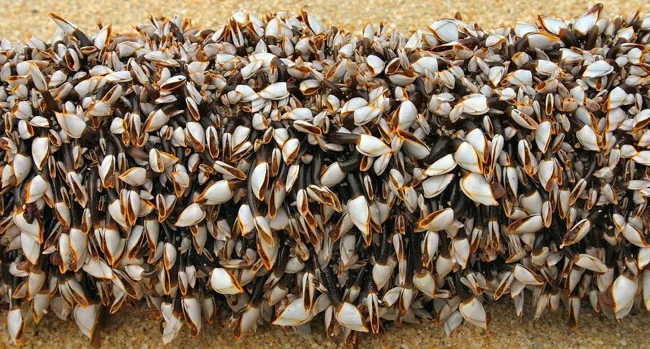
But even such evidence could not kill the myth. It lived for another five centuries, until Dutch sailors reached the very places where the barnacle goose breeds. Only then did people understand: birds do not grow on trees. They simply fly where medieval man could not go. 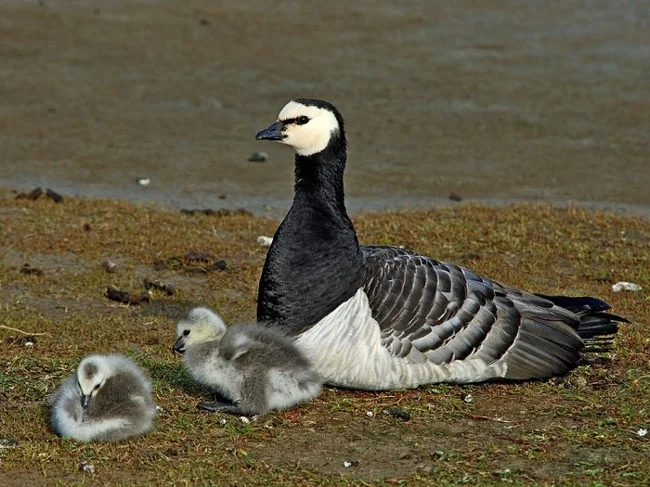
But interest in this story does not fade. After all, it reminds us how difficult it was to imagine the world when borders were closed and knowledge was limited.




